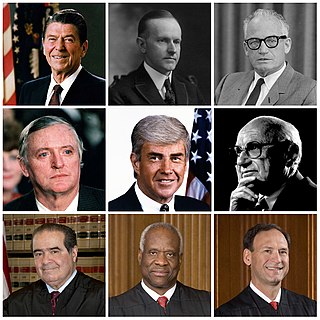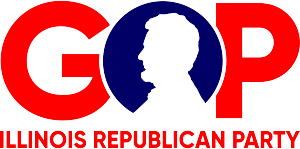| Midterm elections | |
| Election day | November 2 |
|---|---|
| Senate elections | |
| Seats contested | 34 seats of Class III and 3 special elections |
| Net change | Republican +6 |
 | |
| 2010 Senate election results map | |
| House elections | |
| Net change | Republican +63 |
 | |
| 2010 House election results map | |
| Gubernatorial elections | |
| Seats contested | 39 (37 states, 2 territories) |
| Net change | Republican +6 |
 | |
| 2010 Gubernatorial election results map | |
| Legend | |
Democratic hold Democratic pickup Independent pickup Republican pickups Republican hold | |
| House | Democratic | Republican |
| Senate | Democratic | Democratic |
The 2010 United States elections were held on Tuesday, November 2, 2010, in the middle of Democratic President Barack Obama's first term. During this midterm election year, all 435 seats in the United States House of Representatives and 37 of the 100 seats in the United States Senate were contested in this election along with 39 state and territorial governorships, 46 state legislatures (except Louisiana, Mississippi, New Jersey and Virginia), [1] four territorial legislatures and numerous state and local races. [2]

The Democratic Party is one of the two major contemporary political parties in the United States, along with the Republican Party. Tracing its heritage back to Thomas Jefferson and James Madison's Democratic-Republican Party, the modern-day Democratic Party was founded around 1828 by supporters of Andrew Jackson, making it the world's oldest active political party.

Barack Hussein Obama II is an American attorney and politician who served as the 44th president of the United States from 2009 to 2017. A member of the Democratic Party, he was the first African American to be elected to the presidency. He previously served as a U.S. senator from Illinois from 2005 to 2008.

Midterm elections in the United States are the general elections that are held near the midpoint of a president's four-year term of office. Federal offices that are up for election during the midterms include all 435 seats in the United States House of Representatives, and 33 or 34 of the 100 seats in the United States Senate.
Contents
- Issues
- Federal elections
- Congressional elections
- State elections
- Gubernatorial elections
- Other state-wide officer elections
- State legislative elections
- Local elections
- Table of federal and state results
- References
- Further reading
- External links
Approximately 82.5 million people voted. [3] The Democratic Party suffered massive defeats in many national and state level elections, with many seats switching to Republican Party control. Although the President's party usually loses congressional, statewide and local seats in midterm elections, the 2010 midterm election season featured some of the biggest losses since the Great Depression. The Republican Party gained 63 seats in the U.S. House of Representatives, recapturing the majority, and making it the largest seat change since 1948 and the largest for any midterm election since the 1938 midterm elections. The Republicans gained six seats in the U.S. Senate, expanding its minority, and also gained 680 seats in state legislative races, [4] [5] [6] to break the previous majority record of 628 set by Democrats in the post-Watergate elections of 1974. [6] This left Republicans in control of 26 state legislatures, compared to the 15 still controlled by Democrats. After the election, Republicans took control of 29 of the 50 State Governorships.

The Republican Party, also referred to as the GOP, is one of the two major political parties in the United States; the other is its historic rival, the Democratic Party.

The Great Depression was a severe worldwide economic depression that took place mostly during the 1930s, beginning in the United States. The timing of the Great Depression varied across nations; in most countries it started in 1929 and lasted until the late-1930s. It was the longest, deepest, and most widespread depression of the 20th century. In the 21st century, the Great Depression is commonly used as an example of how intensely the world's economy can decline.
The 2010 midterm election is also the third consecutive midterm election held in a president's first term where Republicans picked up seats across both houses of Congress. It was also the second consecutive midterm election where party control in the House of Representatives changed hands.
Political analysts in October 2010 predicted sweeping Republican gains this election, but despite a reported "enthusiasm gap" between likely Republican and Democratic voters, [7] turnout increased relative to the last U.S. midterm elections without any significant shift in voters' political identification. [8] The swaying views of self-declared independent voters, however, were largely responsible for the shift from Democratic to Republican gains. [9]



















